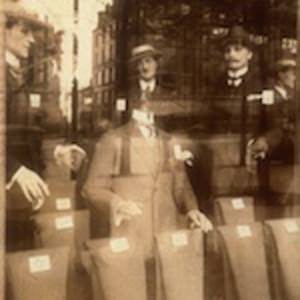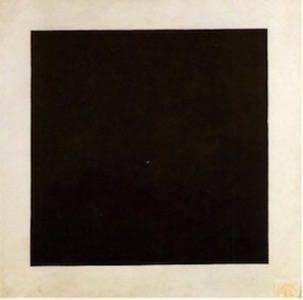In the world of social media, “celebrity” is a combination of social status and social media presence. The more likes you receive, the more “popular” you appear to friends and followers.

Up until its acquisition by Facebook, Instagram was the current site of social media celebrity. As it becomes yet another Facebook app, the photography will most likely change from what was once street photography, landscapes and architecture of early users, to the social, people-oriented imagery that floods Facebook on a daily basis.
“Early Instagram users were more production-oriented,” says Zachary McCune, a researcher in social and mobile platforms whose early work on Instagram dug into the types of imagery that users shared. “It was more of an art practice rather than a camera utility.”
He notes that at this time last year@instagram‘s popular page images had 30-60 likes. Today, they have 500-3,500 likes.
Interestingly, the big genre that hasn’t gone away – and which pioneered early Instagram user communities – is #streetphotography. “All the people who had early followers on Instagram had that style of photography,” McCune says.
These photos are the candid, authentic-feeling images shot with an iPhone while strolling through New York, Chicago, Paris. And before the other week, Instagram was available on iPhone only.
“The iPhone is flaneurial,” McCune says. “It’s in your hand, it’s multipurpose, you can be responding to a text message while snapping a photo, so it’s also the surreptitiously arresting, incredible moment. The mobile phone wants to take the quick and quotidian image.”
One can liken the early Instagram images to those of 20th-century French photographer Eugene Atget. Those once-striking images of the city alive are turning into socially focused shots of young parents and their children.
Not all of these early Instagram communities will disappear, however.
The proliferation of most popular tags such as #iphoneonly and #nofilter point to the retention of a high-art oriented crowd that doesn’t need a filter to make their photos feel fresh.
But where there is purity, there is also popularity – and more specifically, celebrity.
Justin Bieber Recreates Kazimir Malevich, Becomes the Most Popular Instagrammer of All Time
Best known for his 1915 painting “Black Square,” Kazimir Malevich founded Supermatism, a movement about geometric forms, especially circles and squares. Such imagery has seen a resurgence in modern-day tattoo culture and, apparently, the Instagram feed of Justin Bieber http://web.stagram.com/n/justinbieber/. In fact, it is the most-liked photo, according to Webstagram.
“So pure fame is still the straightest shot to popularity on the 30 million-user service, even though the general perception of Instagram – until it got bought by Facebook – was that it as this indie thing, where a certain kind of aesthetic or brilliant capture of an OMG moment might achieve a kind of triumphant popularity on its own merits in this rarefied little world,” writes Matt Buchanan of Buzzfeed. “What are the self-portraits of Bieber and Gomez but icons of fame itself, after all, affirmed by their armies of likers?”

Over on Instagram.heroku.com, an app made by @mislav, visitors can search the most popular images on Instagram by filter type and keyword. Similarly, populagram.appspot.com filters out the app’s most popular images. This popular image from user exapstagram has a total of 401 likes. The most popular location is Jakarta, Indonesia, which hosts 713 photos on Populagram alone. On Webstagram, the current most popular photo has received 9,424 likes and 469 photos. It is an image of a woman’s hand with pink nails, leopard print bows and geometric shapes. Users are in love, posting hearts, thumbs up and expressions like “Cute :)”.

Images via Wikipedia and Web.stagram.

















